

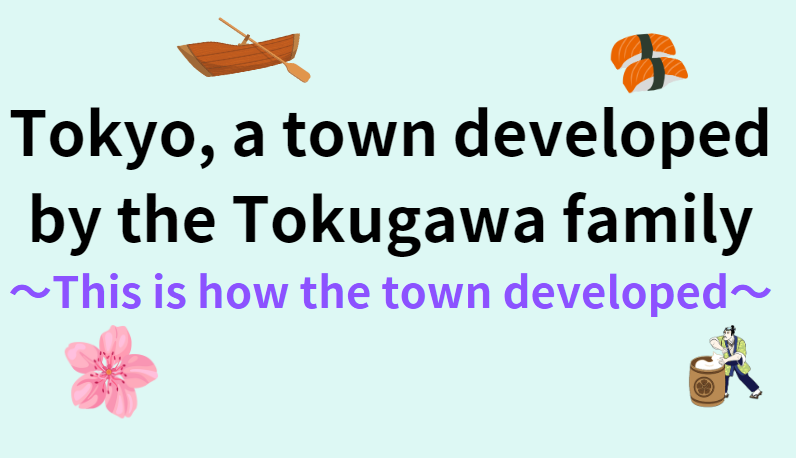
In the past, the area around Edo Castle was a wetland that was flooded with seawater at high tide, and because it was a low-lying area, it was vulnerable to water damage and suffered from frequent floods.
So Ieyasu envisioned a plan for a large city.
First, the land will be reclaimed. Next, we created a waterway for ships to pass through.
Since boats were primarily used to transport goods, towns were built along waterways.
Also, securing drinking water was essential. A natural river that was flowing from the Kojimachi area was dammed to create a reservoir.
However, the water was not suitable for drinking as the seawater could not drain completely, so water supply work was carried out.
They focused on Inokashira Pond, which was one of the highest quality water sources in Edo, and built a canal from this pond so that water could flow to Edo Castle, making it the first water supply in Edo.
After securing drinking water, the next step was to create various routes to improve transportation.
(Eastbound route, westbound route, etc.)He planned to attract townspeople, increase the number of craftsmen and merchants, and eventually turn it into a political city centered on samurai.
We will bring in doctors and other people who are essential to daily life from all over the country and create an environment where people can live comfortably.
In addition, residential areas such as apartment complexes and rowhouses with low rents were born, and the town of Edo gradually increased in number and was reborn as a large city.
The beginning of the modern nation, the Edo period
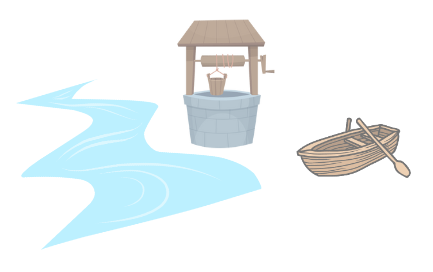
The samurai government, which lasted for about 700 years, came to an end, and people's lives changed completely with the influx of Western culture.
Japan changed from a samurai government ruled by the shogun to an era in which the emperor ruled the country.
After this, the capital was moved from Kyoto to Edo, and the former Edo Castle changed its name to Tokyo Castle.
However, as a result of the Boshin War, which lasted about a year and a half, the samurai areas were in ruins and overgrown with weeds.
A total of 107 people, including Takayoshi Kido, Toshimichi Okubo, and Hirofumi Ito, will travel to 14 countries, including the United States and the United Kingdom, over a period of about two years, learning and passing on the technology and culture of modern.
This inspection is said to have had a great influence on the modern urbanization of Tokyo.
Furthermore, with the introduction of Western means of transportation and communication such as railroads, postal mail, telegraphs, and telephones, the flow of people, goods, and information evolved much faster and increased in volume.In addition, Western culture was introduced into aspects of life and culture, such as people's clothing, housing, literature, and theater.
The town is lit with gas lamps, providing light even at night and making the living environment even better.Horse-drawn carriages ran on the streets, clothing changed from kimono to western clothes, the topknot that was a symbol of samurai was cut off, and the Zangiri head(Hair cut short in a Western style without a topkno) became mainstream.
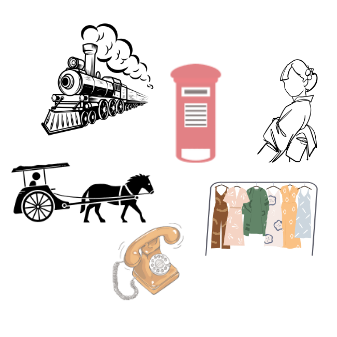
Although it was only 15 years long, the Taisho era was a turbulent era that included World War I, the Great Kanto Earthquake, and Taisho democracy.
While the downtown area lost its streetscape due to the severe fire damage caused by the Great Kanto Earthquake, buildings with elevators were constructed one after another in the Marunouchi and Otemachi areas, which were generally less affected by the earthquake, and large and foreign companies. An office district was created in the area, and many people are still working there.
People moved to areas that had previously been rural areas, such as Setagaya and Suginami, and developed Shinjuku and Shibuya into "subcenters."
Also, due to the damage to railways caused by the earthquake, people began to switch to automobiles as a means of transportation.
Until now, private cars were mainly used by the upper class and the wealthy, but private cars, mainly imported cars, have begun to become more popular among the middle class.
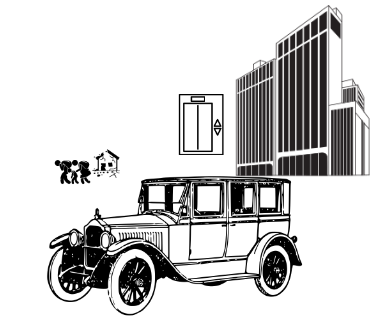
The long Showa era was a turbulent time, with many major events such as World War II, the Showa Depression, and the rule by GHQ, which drastically changed Japan's politics, culture, people's lives, and values.
After the war, there were many negative times, with food shortages and the lives of many families unstable.
However, after the war, life experienced rapid growth. Wooden houses changed to mortar construction, and apartment buildings began to pop up.
Also, large housing complexes with reinforced concrete structures began to be built.
It was called a ``danchi,'' and the number of applications for housing exceeded 10 times, making it a dream home for the common people.
One possible reason why housing complexes are so popular is that they are equipped with advanced facilities such as flush toilets and gas baths.
It is said that in the early days, when there was no running water or gas, and people had to pump water from wells and cook on the stove in the dirt floor, family members would take turns washing their faces in the kitchen sink in the morning.
Most of their homes did not have baths, so they went to the public bath several times a week.
The quality of life in the housing complex was quite high, as the majority of toilets were pump-type toilets.
In addition, durable consumer goods such as the Three Sacred Treasures (refrigerators, washing machines, and televisions) and the 3Cs (color televisions, automobiles, and air conditioners) became popular all at once.
Furthermore, automatic rice cookers appeared, and the number of home appliances that became the ally of housewives increased to the point where it was said that "rice cookers make housewives lazy."
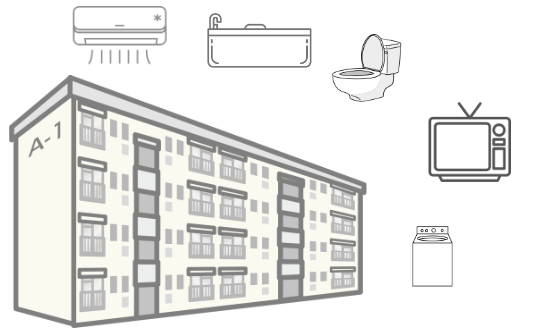
Tokyo was a small village until the 1600s.Even when the area has been destroyed by earthquakes and wars, people have worked to rebuild it each time, and it continues to develop even today.
The turbulent Showa era has ended.
In 1989, the bubble economy was at its peak, but the stock and land price bubbles soon burst.It was a time when the economy was changing from boom to recession.Computers, mobile phones, and other devices that form the basis of modern society become widespread throughout the country.
During the Heisei era, Japan was frequently struck by major natural disasters and was also affected by repeated blows to overseas economies.The Great Hanshin-Awaji Earthquake in 1995 and the Great East Japan Earthquake in 2011 caused a lot of damage, both human and material.
Large-scale natural disasters also affected economic activity, but overall the activity level of the Japanese economy returned to pre-disaster levels in a relatively short period of time.
In addition to the economic turmoil caused by the bursting of the bubble economy, declining birthrates and population declines are also becoming more apparent. Japan's aging population and declining birthrate are progressing, and modern problems begin here.
As the nation's population continues to decline, Tokyo's population has also begun to decline little by little after peaking in 2020.
Although the pace of population decline in Tokyo is slower than in other regions, the decline in population in rural areas is particularly severe.
It is expected that the population concentration in Tokyo will continue.
On the other hand, the ratio of elderly people in Tokyo will increase by more than 10% over the next 25 years, and by 2035, approximately one in three people will be aged 65 or older.
In addition, the population of children will continue to decline, and in order to cope with Japan's declining birthrate and aging society, it is necessary for the national and local governments, businesses, and others to work together to prevent their concentration in cities.